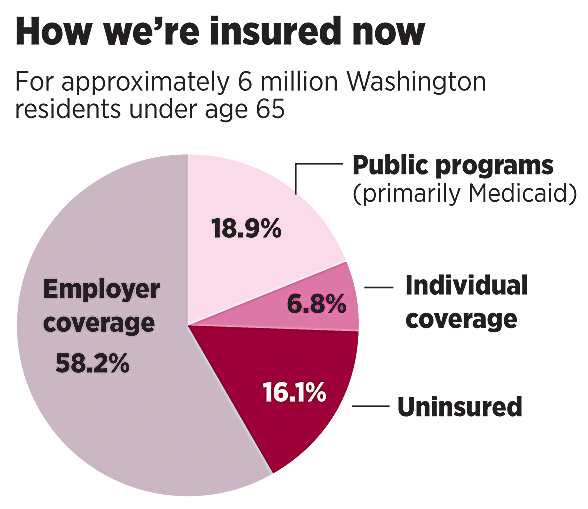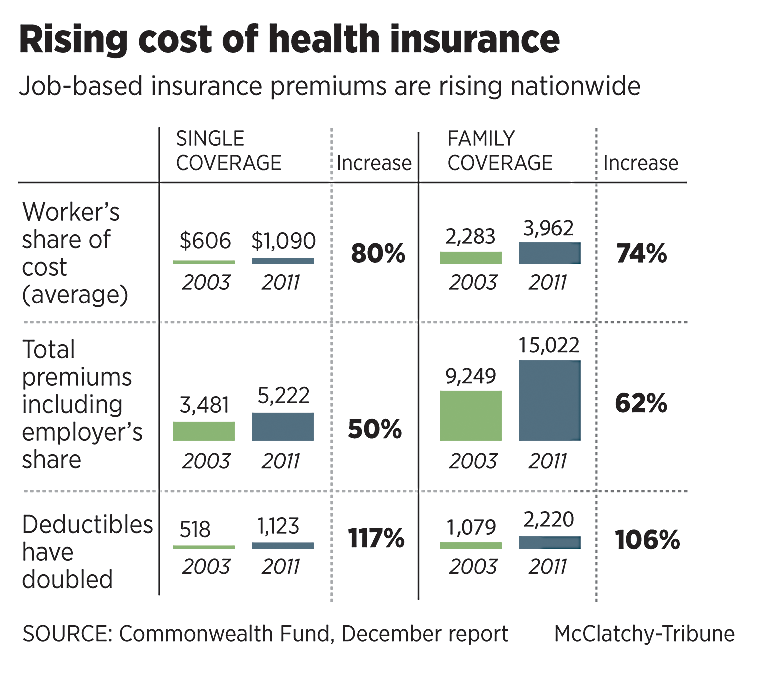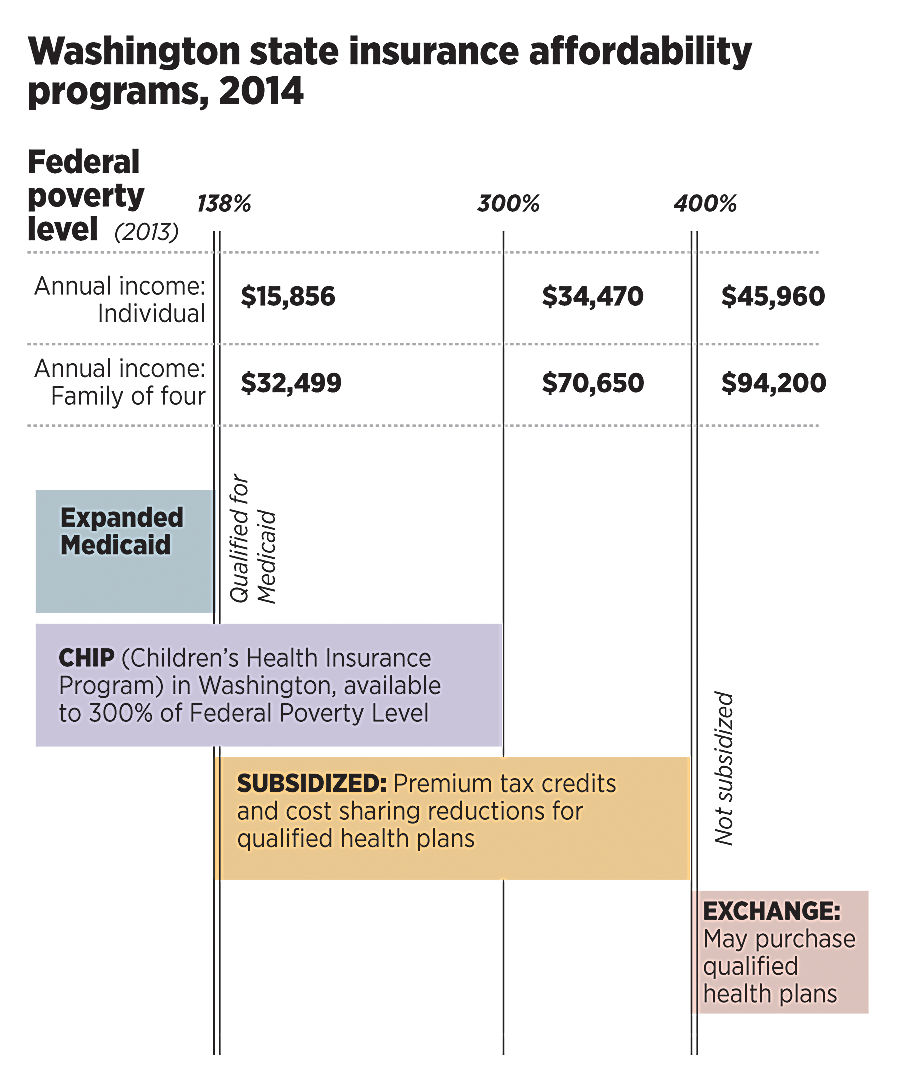Special Report: Reinventing Health Care
A closer look at the Affordable Care Act
In Washington state, reform is becoming reality – more rapidly than in most areas of the country.
Over the next several days, The Spokesman-Review will describe Washington’s effort to implement what many call “Obamacare” — a law of the land, enacted in 2010, upheld by the U.S. Supreme Court, validated during a hard-fought presidential election, and known, officially, as the Patient Protection and Affordable Care Act.








